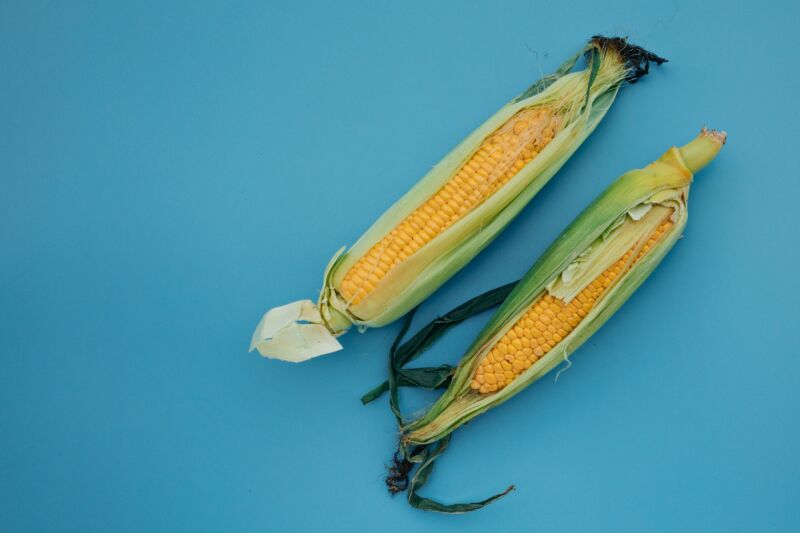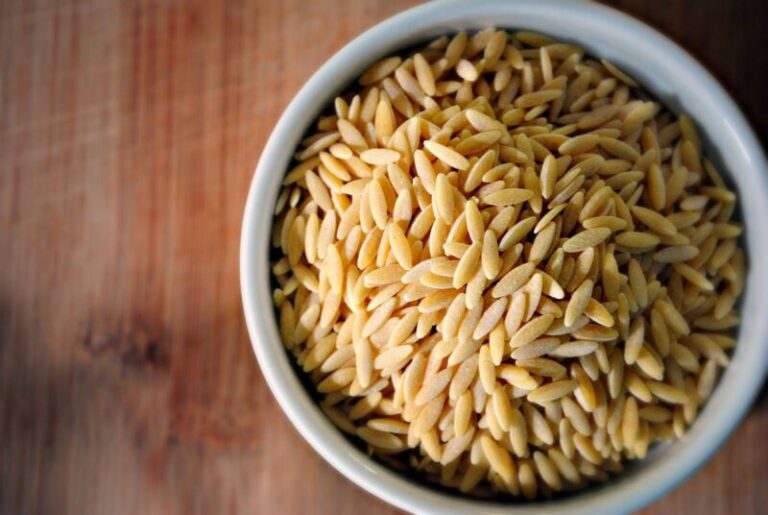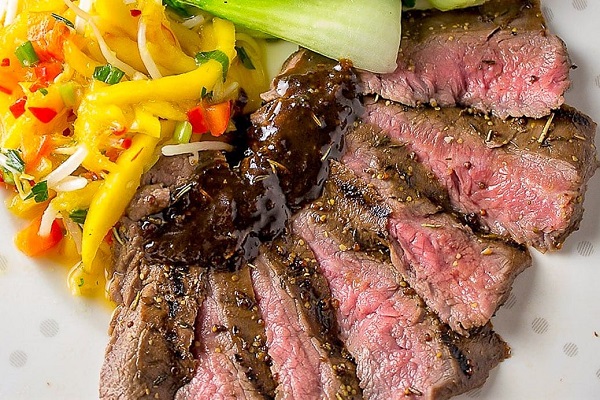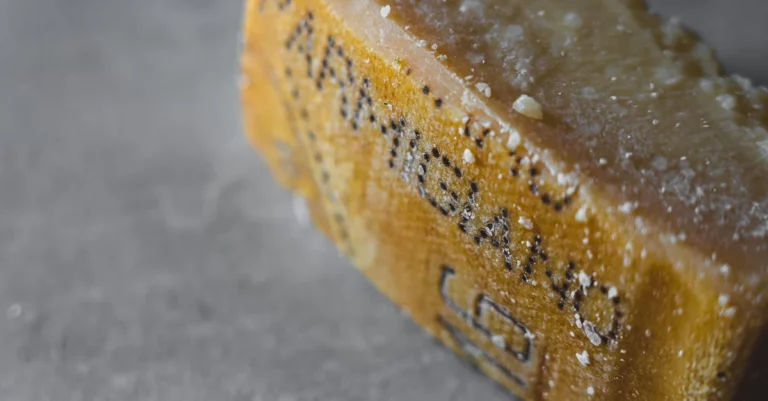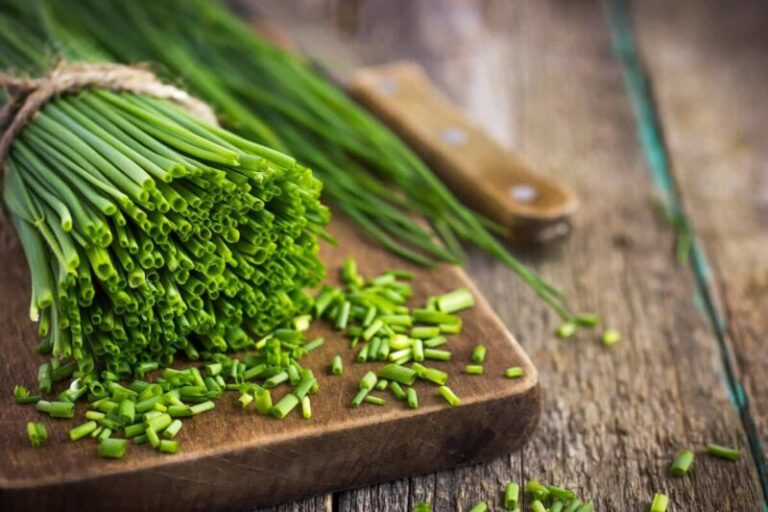How Many Ears of Corn Per Stalk?
As I was driving through the countryside last fall, passing by the rows of corn ready for harvest, a question popped into my mind – just how many ears of corn can you expect from each corn stalk? That simple curiosity sent me down an interesting research journey into the factors that influence the number of ears produced by different types of corn. In this article, I’ll share what I learned about ear quantity variation and the key considerations that impact your corn’s yield potential.
Every year when corn season arrives, you’ll find people posing that same inquiry about ear counts on their plants. It seems like a straightforward question, but the answer isn’t quite as simple as you may think. The quantity of ears per stalk depends on the corn variety, maturity timing, growing conditions, and even what you intend to do with your harvest.
While some types of corn can yield six ears or more per stalk under ideal circumstances, the average for sweet corn is about one to two ears per plant. But you can take steps to maximize your corn’s productivity through proper care and choosing optimal varieties. Let’s dig into the details on ear counts and how you can boost your corn crop’s bounty.
Factors Affecting Ear Quantity
Typical Sweet Corn Ear Yield
If we’re talking standard sweet corn, designed for eating fresh off the cob, you can expect an average yield of one to two ears of corn per stalk when growing conditions are favorable. However, that number can shift based on several influencing factors.
Don’t be surprised to find occasional stalks sporting three decent sized ears or stalks with no ears at all mixed in. Some variation in ear quantity across your corn patch is perfectly normal.
Baby Corn Production
When growing specialized cultivars for baby corn, harvesting six to ten smaller ears per stalk is common. The key difference is growers pick the ears very young, just one to three days after the silks emerge. That allows the plants to churn out ear after ear in quick succession.
The plant keeps producing more ears as long as the baby corn keeps getting removed early before kernels can fully develop. Using high-yielding variants developed specifically for baby corn helps boost stalk productivity too.
Importance of Proper Growth Conditions
To achieve optimal ear counts for your corn type, providing adequate fertility, moisture, and sunlight is crucial.
In fact, the Native Americans knew the importance of nutrition for corn long before modern agricultural science. They would fertilize their corn fields using fish heads buried in the soil.
These days, nitrogen solutions are typically worked into the soil prior to planting to support lush corn growth. Proper fertility gives your corn the fuel it needs to set and fill out multiple ears.
Sweet Corn vs. Field Corn Ear Production
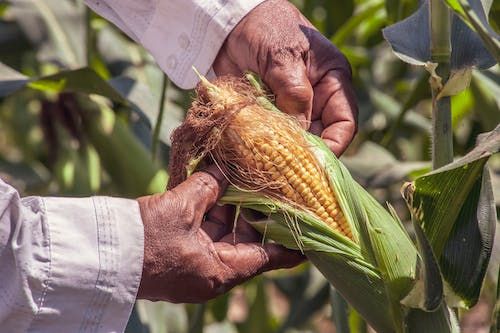
While all corn starts out looking alike, there are some key differences between sweet corn and field corn growth that affect ear yields.
Maturity Timing
Sweet corn cultivars intended for fresh eating mature quickly, which limits their productivity potential. Early maturing sweet corn might only develop one ear before it’s time to pick. Varieties with later maturity often will produce two ears per stalk.
Field Corn Practices
Commercial field corn grown for maize oil, animal feed, and cereals like corn flakes has a longer growth duration. However, farmers still typically only harvest the first ear from each plant for simplicity.
Ear Development Factors
Pollination temperatures, soil nutrient levels, and moisture availability impact how completely the ears fill out on both sweet and field corn. Under less than ideal conditions, you may get small or partially formed ears.
Field Corn Ear Size
Since field corn grows much taller and has a longer maturity length, its ears tend to be noticeably larger and fuller than sweet corn. Still, under optimal conditions, field corn generally yields one or two ears per stalk.
High Yielding Field Corn Varieties
While most field corn tops out at two ears, some super high-yielding varieties have been bred to pump out a half dozen or more ears per stalk when properly cared for.
Baby Corn Types
The varieties utilized in commercial baby corn production are a perfect example. Removing the tiny new ears continuously allows the plants to keep producing more throughout the growing season.
Early Harvesting
As with regular baby corn production, harvesting these high-output field corn varieties very early when the ear is still small, before kernels mature, is the key to maximizing stalk productivity.
Timing Matters
You’ll want to snap off those mini ears for baby corn within one to three days after the silks appear for peak yield and tenderness.
Determining Maturity for Corn Harvest
Knowing when your corn is ready for picking is crucial to achieving top ear quality and quantity and avoiding field losses. Here are some tell-tale signs your ears are mature and ready for harvest.
Days to Maturity
While the number of days to maturity listed for the variety you planted provides a guideline, the visual cues on the plant itself are more reliable when gauging exact harvest timing. Maturity ranges from 60 days on very early sweet corn to 100 days or longer for late season field corn.
Dark & Dried Silks
As the ears ripen, the silks darken and dry out. The silks will turn reddish-brown and feel dry to the touch when rubbed between your fingers.
Milky Kernel Extract
Press on a kernel with your fingernail. It should release a milky-looking extract when ready for harvest.
Taste Testing
Bite into a raw kernel to test for a sweet, delicious flavor and solid texture when chewed. Kernels at their peak maturity will burst with sugary sweetness.
Ripe & Firm Kernels
The kernels should appear well filled out and firm on the cob, not dented or indented. The ears should feel heavy for their size.
Before It’s Too Late
You want to harvest the ears at peak ripeness but before field decay sets in. Don’t leave ripe ears in the field too long once they reach optimal maturity.
One Shot
Remember, each stalk is an annual plant that only gets one shot at producing ears in a single growing season. Once you pick the ripe ears, that’s it till next season.
Conclusion
Hopefully this overview gives you a better understanding of what goes into maximizing corn stalk productivity. While the most common yields are one to two ears per stalk, with the right corn variety choice, favorable growing conditions, and proper harvest timing, you can potentially get maturity. In ideal circumstances, some field corn variants even allow for six to ten ears per plant when specifically grown for baby corn production. But on average an ear count of one to two quality ears can be considered a good result. Now that you know what to aim for and how to achieve higher yields, I wish you the best of luck and success growing a bountiful corn crop this season!
